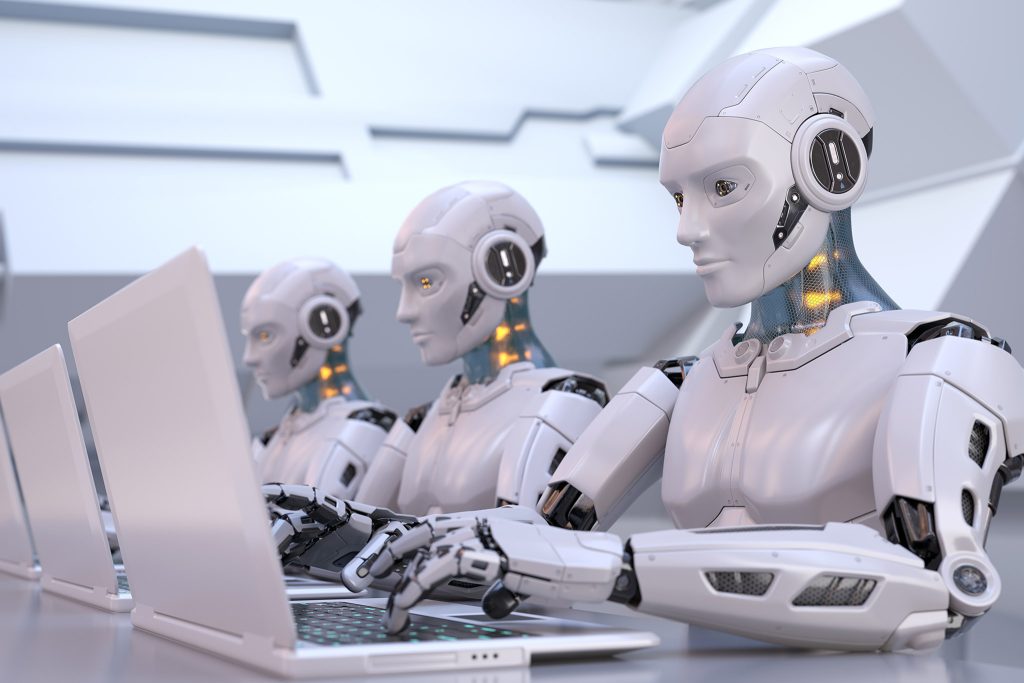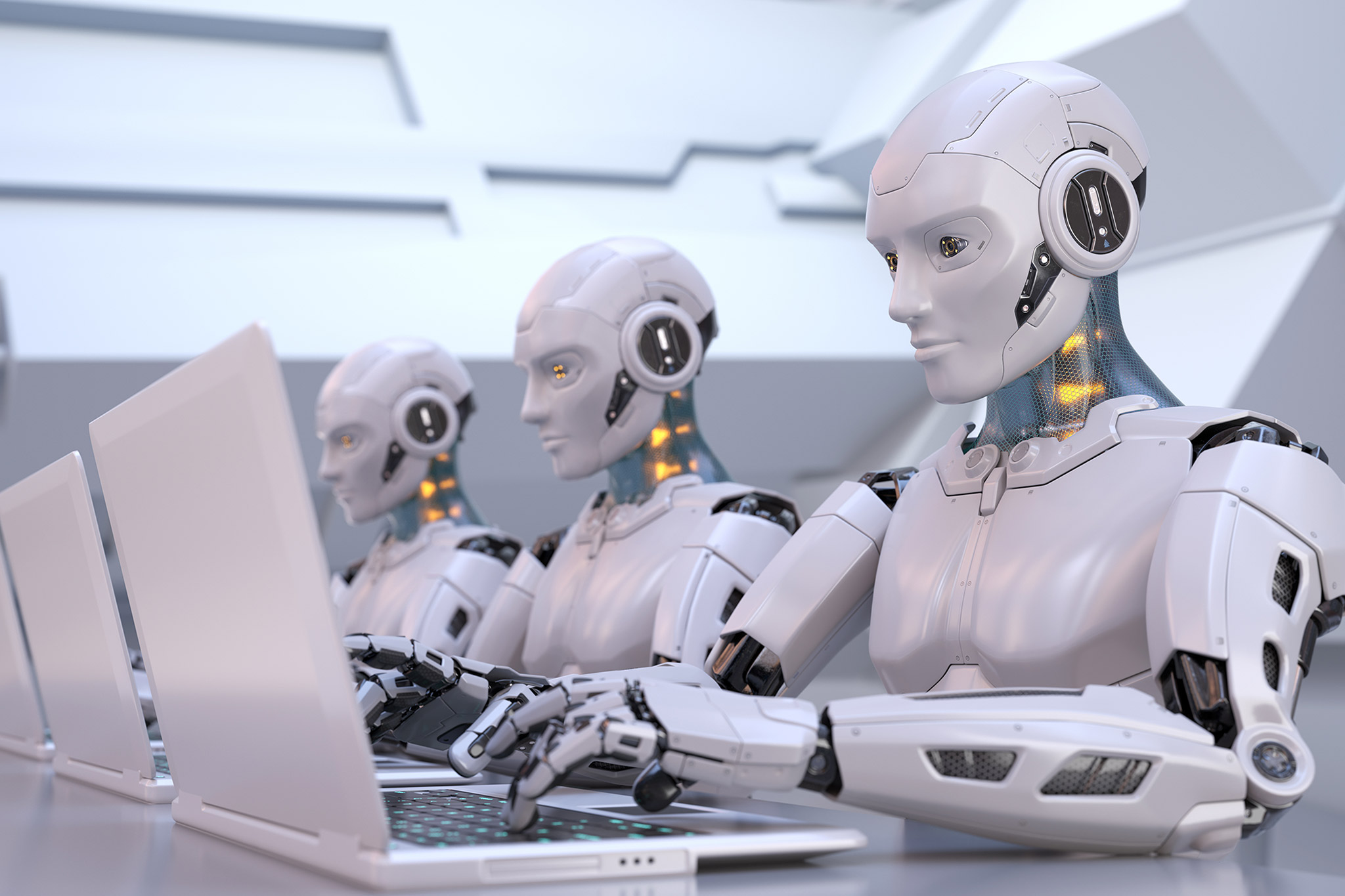
AI-Generated Art Incorporating Human “Expressive Elements” May Qualify for Copyright Protection

**Understanding the Debate Around AI-Generated Artworks and Copyright Law**
The advent of artificial intelligence (AI) in the realm of creative industries has ushered in profound questions about intellectual property, authorship, and creativity. A recent report by the United States Copyright Office (USCO), titled *”Copyright and Artificial Intelligence Part 2: Copyrightability,”* tackles these very issues, shedding light on the evolving interplay between AI-generated art and copyright protection. The findings have major implications for artists, legal theorists, and anyone involved in the future of creativity and intellectual property.
### AI and Copyright: The Basics
In traditional frameworks, copyright laws are designed to protect works that arise from human creativity, encompassing literature, music, photographs, paintings, and more. Copyright ensures that creators retain control and ownership over their intellectual property, including the right to reproduce, distribute, and profit from it.
However, the rise of AI models capable of generating text, music, and art—often with minimal human oversight—has complicated these boundaries. When tools like Midjourney, DALL·E, or ChatGPT produce original outputs, determining ownership and authorship becomes murky. The core question is: when and where does human creativity intersect with machine-generated results sufficiently to render the work copyrightable?
### The Findings of the Report
According to the USCO’s report, AI-generated works may be eligible for copyright protection, but only when human creativity is “perceptible” in the final output. While this finding clarifies certain scenarios, it institutes strict guidelines for what qualifies as a sufficiently human-authored work:
1. **Expressive Elements and Human Contribution**:
For an AI-assisted work to be copyrightable, the human creator must determine or significantly influence the “expressive elements” of the final product. Specifically, humans must either alter the AI output in a meaningful way or demonstrate creative input during the generation process.
2. **The Case-by-Case Approach**:
Instead of offering blanket rules, the report emphasizes that copyright eligibility for AI-generated works should be assessed on a case-by-case basis. Factors like the type of Creative Commons license, degree of human involvement, and the transformative nature of editing will play a vital role in these evaluations.
3. **Prompts Alone Aren’t Enough**:
Typing prompts into an AI tool (no matter how detailed) is not considered sufficient creative input. This conclusion reaffirms prior rulings that human authorship must go beyond the “bare minimum mental effort.”
4. **Impact for Existing Cases**:
In notable examples like the rejection of Colorado-based artist Jason M. Allen’s AI artwork *Théâtre d’Opéra Spatial* for copyright registration, this report may serve as new guidance. In Allen’s defense, his use of 624 specific prompts with Midjourney showcases significant mental effort, potentially reopening the debate over how much activity is needed to claim authorship.
### Broader Implications for Artists
The shifting legal landscape sparks both opportunities and challenges for artists working with AI:
– **Empowerment Through AI**: Artists and creatives can leverage AI as a powerful tool for ideation, prototyping, and execution. The report underscores that when humans actively shape the creative process, such as editing outcomes or incorporating AI into larger, human-driven works, they maintain their copyright protections.
– **Disputes Over Originality**: Artists concerned about originality, especially those whose works are “training data” for AI models, have raised alarms about fairness. Many argue that AI systems use existing copyrighted works to generate new outputs without proper consent or compensation. This issue will likely feature heavily in the report’s anticipated third installment, which focuses on the legality of training AI on copyrighted materials.
– **Ethical Complexities**: Beyond legality, questions remain about the artistic value, authorship, and ethics of creating works via AI. Traditionalists may view AI art as derivative or impersonal, while proponents see it as the cutting edge of 21st-century creativity.
### Legal Precedents in Context
The USCO’s report builds on several recent legal precedents. For instance:
– Works fully generated by AI, with no human intervention beyond prompts, have consistently failed to qualify for copyright protection. Rulings emphasize the need for deliberate human creative effort.
– Even partial AI involvement has led to legal gray areas. Courts and stakeholders are increasingly deliberating whether adjustments to AI-generated outputs, however slight, are enough to establish human authorship.
– Legal experts anticipate sweeping changes to copyright law worldwide, as nations seek to update their frameworks to account for rapid technological progress.
### The Future of AI and Copyright Law
While the USCO’s report resolves some questions, its findings raise others. For instance:
– To what extent should AI-generated works be eligible for partial copyright protection?
– Is compensation owed to artists whose works are regularly used as training data for AI tools?
– How